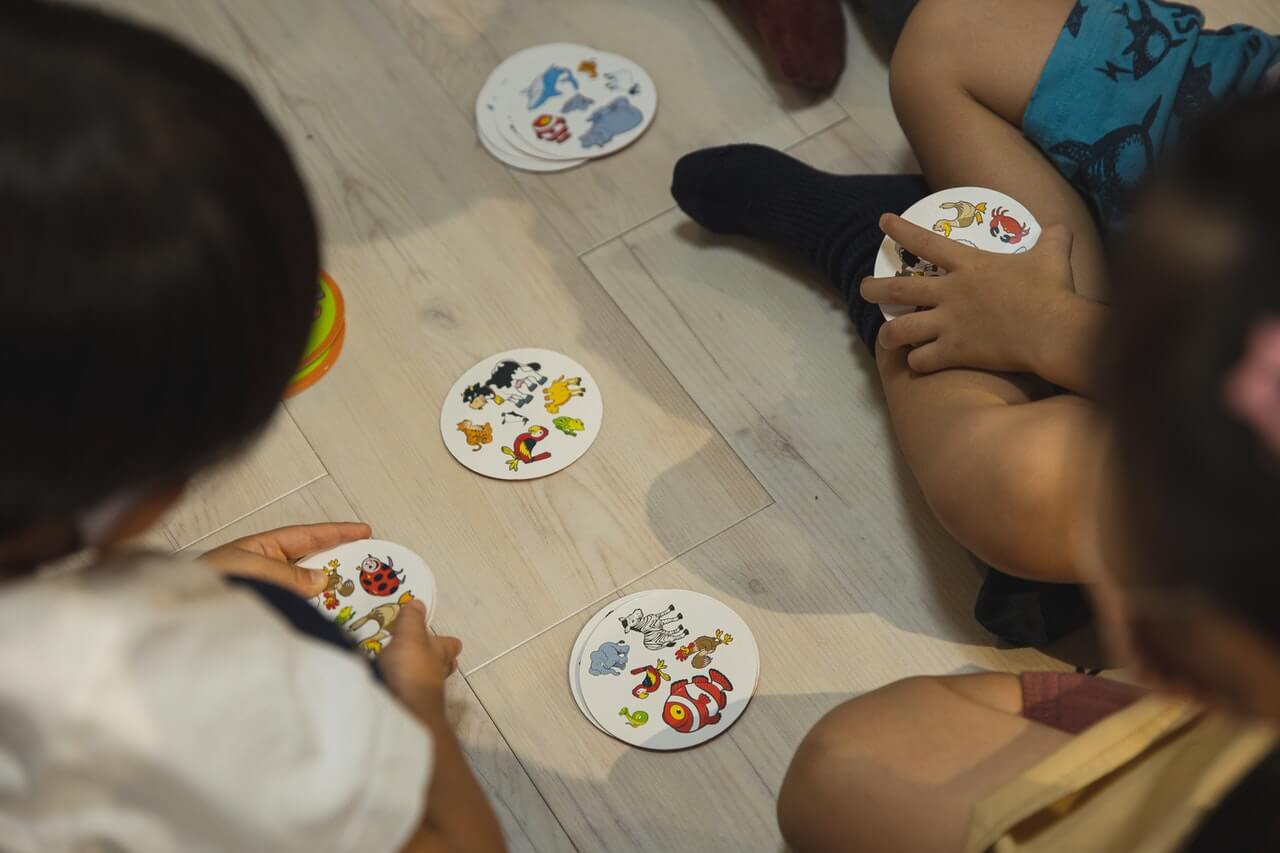‘Spot the Difference’ and ‘Picture Description’ are some of the most popular information gap activities that work well for all ESL levels to practice using descriptive language. The use of descriptive language is a skill that is required for exam writing as well as speaking tests at all levels. These Communicative Approach activities integrate all language skills with different grammatical features as the focus.
OnTESOL: Learn to plan communicative ESL lessons with an accredited TESOL certification course
Spot the Difference Activity
Most ESL students love puzzles and students often lose their inhibitions to speak and write when doing engaging tasks. Spot the Difference allows them to build fluency while engaged in a fun ESL activity that can have different linguistic aims as well.
Language Skills Used
In Spot the Difference, students in pairs are given two almost identical drawings, but with subtle differences that they must discover by describing to each other what they observe in their own drawing.
This fun ESL activity integrates all skills: speaking, listening, reading, and writing. They could begin by writing a description, then trading their written pieces to read each other’s pieces, and then discuss the differences. Students can be encouraged to ask each other questions to clarify information, and the activity can be exploited to target different grammatical features to practice or review.
Potential Linguistic Aims:
- verb ‘be’ and ‘have’ in simple present tense
- present continuous tense for actions happening now
- statements, interrogatives, and negative sentence patterns with these tenses
- Yes/no and Wh questions and responses
- prepositions of place
- ‘There is/are….’
- descriptive and comparative language
- asking for clarification
- vocabulary development
Setting Up “Spot The Difference”
Aids: sets of different pictures for each student.
There are free downloadable resources online for this type of activity. Published ESL resource books with a focus on activities and games usually contain examples of Spot the Difference. “Where’s Waldo/Wally” is an example of an authentic published series of materials for native speakers which could be adapted or exploited for use in ESL classes.
Picture Description Activity
The Picture Description will surely get students speaking, listening, and interacting using visual prompts Picture description often comprises one part of a speaking test, and a fun way to introduce students to this type of task is to set it up as an information gap activity. Students usually have a lot of fun trying to tell a partner how to draw what they see on a picture.
This is a student-centered activity that can have as an objective production of a previously learned grammatical form and function. It can be exploited in many ways, for different levels, mixed abilities, small or large classes, and any age level.
As long as students have mastered the verb ‘be’ in the simple present form and have the basic vocabulary needed to describe objects depicted in the picture, they can do this information gap activity.
Language Skills Used:
This type of information gap activity can be done as communicative speaking and listening practice. For example, it can be controlled to focus on the accuracy of students’ ability to use articles, prepositions of place, or use of singular and plural “There is, there are…”.
Potential Linguistic Aims:
The aim of this activity is to enable students to collaborate together using English, not their mother tongue, to speak and listen to each other to complete a gap in knowledge. It can also be done as a game in the productive stage of a grammar lesson or as a fluency-building speaking game.
Setting Up Picture Description
Pairs or small groups are set up opposite to each other so they cannot see what is being described. One person describes what is in the picture and the partners draw whatever the person describes.
The pictures can be simple at first; for example. geometric lines, circles, squares, and triangles. The activity can be made more challenging with pictures that represent ideas or designed to target any specific needs.
ESL students can be encouraged to ask questions to clarify and practice, for example, yes/no questions or Wh- questions. Feedback can be built into the activity so that if there are any miscommunications or more descriptive language might have been used, students can make notes and improve weak areas.
For large classes, the first time that students do this, the entire class might use the same drawing. The room could be set up with partners opposite each other at tables facing towards the picture which could be posted on a wall or projected by OHP or computer projector. The partner facing the projection describes what is shown to the partner who has their back to the drawing. The only aids needed are a drawing, a board or projector, paper, and pencils.
After students have completed one round, they can switch seats and be given a different drawing so each student gets the opportunity to practice speaking and using descriptive language. They can compare drawings, post them for a walk, and have a vote to determine which are the most accurate. Trying to be clear in describing the drawing should be the goal, but keep in mind that having fun with this can also be an objective.
Although it can be a way to assess speaking skills, it can also be used to assess listening comprehension. In some cases, the ‘describer’ may be very accurate, however, a problem may present with the ability of the listener or even the listener’s drawing ability. Careful monitoring and feedback from participants could help to identify problem areas and the teacher can unobtrusively note individual student’s weak areas for future attention.
All our TESOL certification courses include grammar, phonology, and methodology. Learn to teach English effectively with OnTESOL. Get certified to teach English worldwide!





